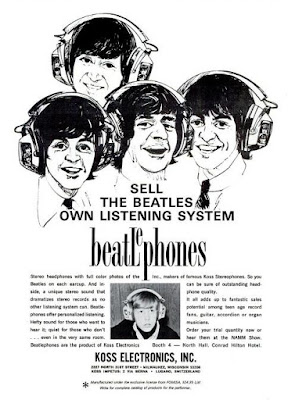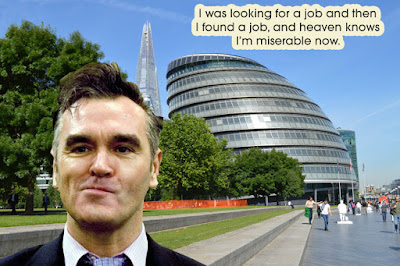The rise of pop singles 'featuring' other artists)
I am of course talking about
singles featuring the word ‘featuring’. Haven’t you noticed? Well, as I read
this I’m looking at the top ten singles chart (adopts Alan Freeman voice)
At 9 we’ve got Chainsmokers featuring Halsey,
at 8 it’s Weeknd featuring featuring Daft Punk
at 5 it’s Maroon 5 featuring Kendrick Lamarr
and at 2 it’s Rae Sremmurd featuring Gucce Mane.
Lurking on the outskirts are Ariana Grande featuring Nicki Manaj
and the ubiquitous Sia featuring… oh go on then, Kendrick Lamarr.
What is going on? Why is this happening? Can’t artists make music on
their own anymore? Can’t they perform alone? Since when did we have to gorge on
two courses when we only ordered one?
Of course, I’m not really the demographic. When I sat listening to
the Top 40 on Sunday evening as a schoolboy back in the 1920s, I never heard
The Stranglers featuring Debbie Harry or Madness featuring Adam Ant. And later
into the 80s and 90s I don’t ever recall being entertained by Prince featuring
Madonna or Oasis featuring Alanis Morrisette. OK, occasionally we’d have an
Ebony and Ivory. A seemingly mystical collaboration between two icons that
worked less musically than it did financially.
You can file Bowie and Jagger’s
irksome collaboration under that as well (South America!) but charity records
are the pioneers of the F word and should be excused.
But now it's different. And it’s been like this for some time. Five
years ago we were listening to Rihanna featuring Calvin Harris; Labriynth
featuring Tine Tempah, David Guetta featuring Usher and Maroon Five, this time
not with Kendrick Lamarr (who hadn’t yet been invented) but with Christina
Aguilera.
What about 10 years ago in 2006? Well, slightly less F word
contamination but Justin Timberlake’s My Love was at number 2 and featuring Ti.
No, me neither.
And down
at 9 was The Saints Are Coming by U2 AND Green Day. Presumably both groups so
big and successful that they couldn’t bear having the F word between them.
But if we go back 15 years it was pretty much how it used to be -
artists making records all by themselves. Albeit records by Blue, Westlife and
The Lighthouse Family.
So what’s going on? What happened a decade ago which suddenly made
popstars cosy up to each other and cross pollinate? Was it the sudden discovery
that better records can be made if talents are combined? Sadly, I think you’ve
already guessed the answer. It was the ruddy Internet reducing artists' sales.
Two names on a record gives it double the fanbase and hopefully a big pile of
cash.
I suppose I shouldn’t let this sort of thing bother me. After all
the proper artists you and I listen to would never dream of featuring each
other on singles.
Cue Queen and David Bowie's Under Pressure.







